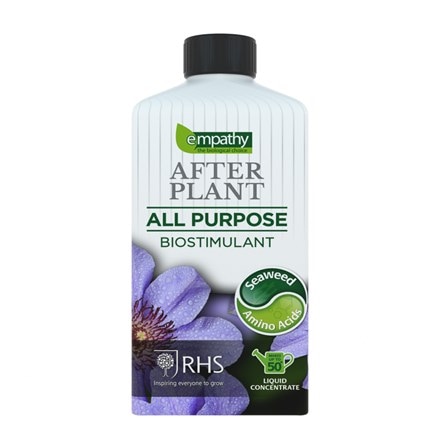Eventual height & spread
Helleborus (Rodney Davey Marbled Group) Glenda's Gloss ('Epb 25') (PBR)
hellebore
- 2 litre pot
- £32.99
- In stock (shipped within 2-3 working days)
Delivery options
- Standard £5.99
- Position: full sun or partial shade
- Soil: moderately fertile, moist but well drained soil
- Rate of growth: average
- Flowering period: January to April
- Hardiness: fully hardy
This stunning perennial combines year-round foliage interest with exquisite late winter blooms. Its leathery, dark green leaves are marbled with silver-grey veining, providing texture and structure to shaded garden spaces.
From late winter to early spring, pale apple-green buds unfurl into large, cup-shaped flowers with white petals edged in violet-purple, fading softly into green towards the centre.
Helleborus Glenda's Gloss thrives in partial to dappled shade and humus-rich, well-drained soil. It is a low-maintenance, deer-resistant plant that only requires occasional tidying of faded blooms and damaged leaves.
Ideal for borders, woodland gardens, or winter containers, it attracts bumblebees with its nectar-rich flowers, adding biodiversity to the garden while offering striking seasonal interest.
From late winter to early spring, pale apple-green buds unfurl into large, cup-shaped flowers with white petals edged in violet-purple, fading softly into green towards the centre.
Helleborus Glenda's Gloss thrives in partial to dappled shade and humus-rich, well-drained soil. It is a low-maintenance, deer-resistant plant that only requires occasional tidying of faded blooms and damaged leaves.
Ideal for borders, woodland gardens, or winter containers, it attracts bumblebees with its nectar-rich flowers, adding biodiversity to the garden while offering striking seasonal interest.
Add lots of well-rotted leaf mould or organic matter to the planting hole. Cut the old leaves back down to the ground in January or February as this will show off the new emerging flowers to best effect. It will also help to reduce/minimise the spread of any foliar diseases (such as hellebore leaf spot if present.
Apply a generous 5-7cm (2-3in) mulch of well-rotted organic matter around the base of the plant in autumn and provide a top-dressing of general fertiliser each spring. Cut off the seed heads to prevent inferior seedlings colonising.
Apply a generous 5-7cm (2-3in) mulch of well-rotted organic matter around the base of the plant in autumn and provide a top-dressing of general fertiliser each spring. Cut off the seed heads to prevent inferior seedlings colonising.
- Humans/Pets: Harmful if eaten; skin irritant
Goes well with
Empathy RHS liquid after plant all purpose feed and biostimulant
1 litre
£8.49
In stock (shipped within 2-3 working days)


